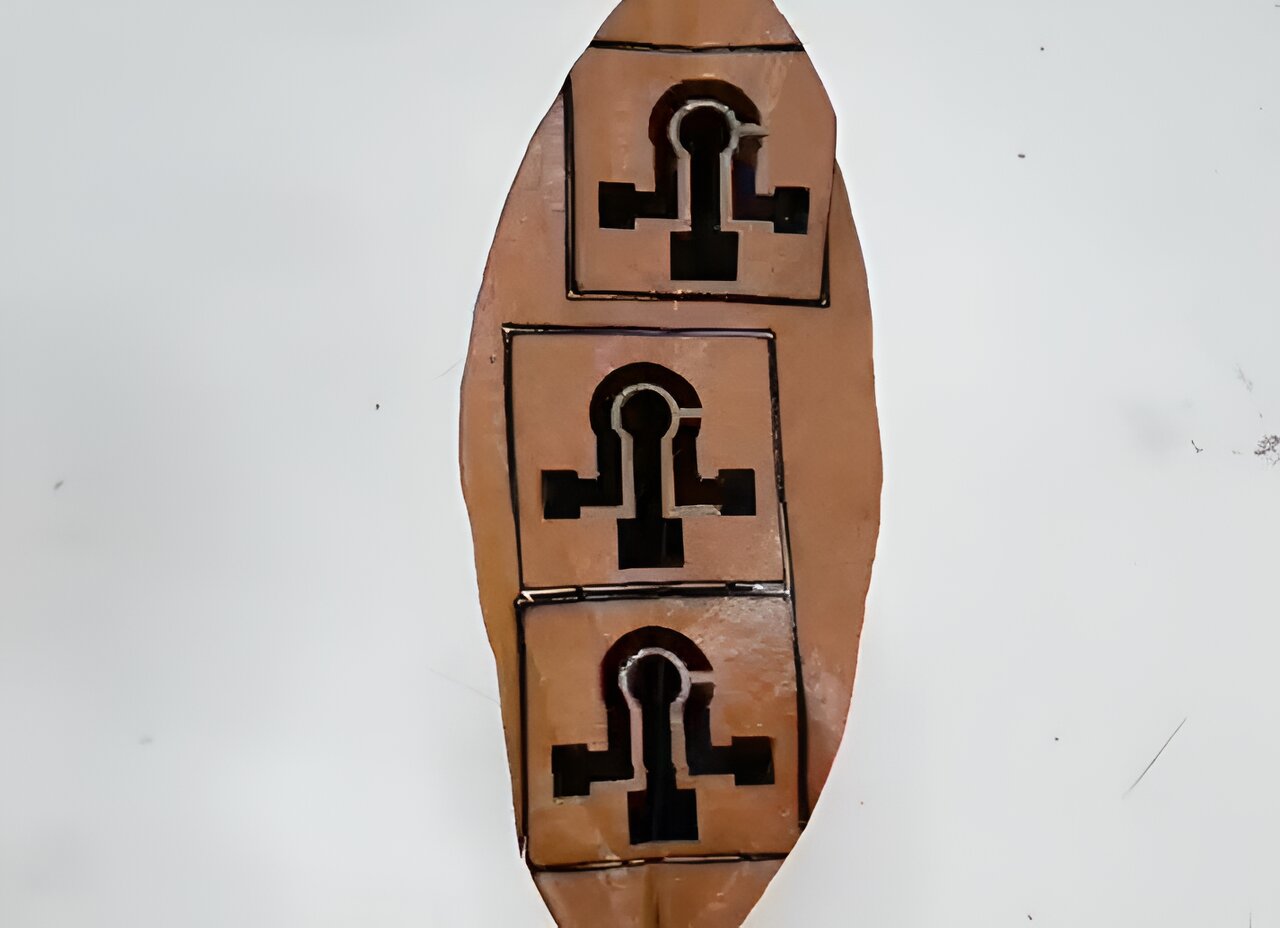Laser printing on fallen tree leaves produces sensors for medical and laboratory use
Date: 10.5.2024
Fabrication of sensors by 3D printing combines speed, freedom of design, and the possibility of using waste as a substrate. Various results have been obtained in a circular economy mode, whereby residues usually thrown away are instead used as low-cost resources.
 A highly creative solution involving the printing of electrochemical sensors on fallen tree leaves has now been presented by a team of researchers in Brazil led by Bruno Janegitz, a professor at the Federal University of Sao Carlos (UFSCar) and head of its Laboratory for Sensors, Nanomedicines, and Nanostructured Materials (LSNANO), and Thiago Paixao, a professor at the University of Sao Paulo (USP) and head of its Electronic Tongues and Chemical Sensors Lab (L2ESQ).
A highly creative solution involving the printing of electrochemical sensors on fallen tree leaves has now been presented by a team of researchers in Brazil led by Bruno Janegitz, a professor at the Federal University of Sao Carlos (UFSCar) and head of its Laboratory for Sensors, Nanomedicines, and Nanostructured Materials (LSNANO), and Thiago Paixao, a professor at the University of Sao Paulo (USP) and head of its Electronic Tongues and Chemical Sensors Lab (L2ESQ).
"We used a CO2 laser to print the design of interest on a leaf by means of pyrolysis and carbonization. We thereby obtained an electrochemical sensor for use in determining levels of dopamine and paracetamol. It's very easy to operate. A drop of the solution containing one of these compounds is placed on the sensor, and the potentiostat to which it's coupled displays the concentration," Janegitz said.
Simply put, the laser beam burns the leaf in a pyrolytic process that converts its cellulose into graphite, and the graphite body is printed on the leaf in a shape suited to functioning as a sensor. During the fabrication process, the parameters of the CO2 laser, including laser power, pyrolysis scan rate, and scan gap, are systematically adjusted to achieve optimal outcomes.
Zdroj obrázku: Bruno Janegitz.























